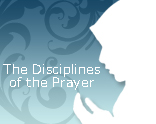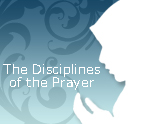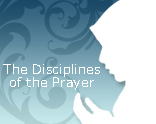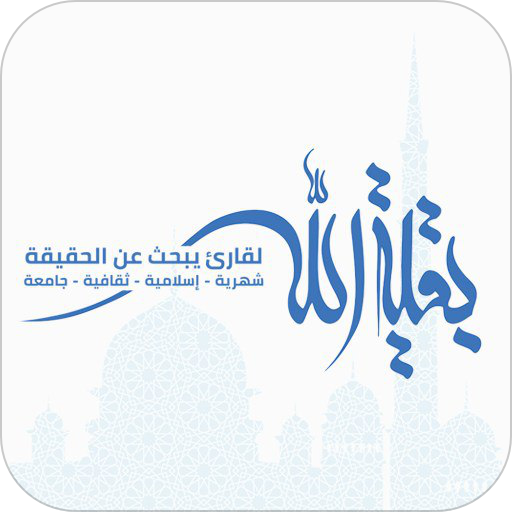It is stated in a narrative that when the ayah:﴾
Therefore, glorify the Name of your Lord, the Great,﴿1
was revealed, the Messenger of Allah (SA) said: "Recite this in your ruku`,"
and when the ayah:
﴾Glorify the Name of your Lord, the Most High﴿2
was revealed, he said: "Recite this in your sujud."3
It is in the noble hadith of al-Kafi that "...the first and foremost name He
assumed for Himself was al-Ali (the High) al-Azim (the Great)4- It
may be that "al-Ali" was the first of the names of Essence, and "al-Azim" was
the first of the names of Attributes.
Know that the sujud, like the other positions of the salat has its form, mood,
recitation [dhikr] and secret. These matters, in relation to the Perfect Ones,
are as have formerly been related in this thesis, but to go into the details is
not suitable. For the middle class the form is showing humbleness and forsaking
arrogance and self conceit. Pressing the nose onto dust-which is of the
confirmed supererogations, or even neglecting it is contrary to precaution - is
a token of showing complete submission, humility and modesty. It also means
being aware of one's origin and creation. And putting the tops of the exposed
organs--which are the places of sensation and of the appearance of mobility and
power, being the very seven or eight organs-on the dust of humility and
helplessness, is a sign of complete surrender, of offering one's entire powers,
and getting out of Adam's sin.
By strengthening the rememberance of these concepts in the heart, it becomes
affected by them and it acquires a mood of running away from oneself and from
self-conceit. This mood results in a mood of pleasure, which, by its turn,
results in a mood of complete privacy and there will be full love.
As regards the recitation [dhikr] during the sajdah, it is based on tasbih,
which is glorifying (purifying) Allah from description and observance of the
command (amr), or it is purifying (glorifying) Him from multiplicity of names,
or purifying (glorifying) Him from unification [tauhid], which is "taf`il",
moving from multiplicity to unity, and it is not free from the blemish of
multiplying [takthir] and associating with Allah [tashrik], as describing Him
with the Essential highness and praising Him are also not free from the
blemishes of these concepts.
"Al-Ali" is of the Names of Essence, and, according to the narrative of al-Kafi,
it is the first name adopted by Allah for Himself. That is, the first
manifestation of the Essence is for Himself. When the salik, in this state,
becomes annihilated out of himself and forsakes the world and what is in it, he
will have the honour of this Essential manifestation.
Know that as the ruku` is first and the sujud is second, glorification and
praising in them differ a great deal. Also rabb is different in those two
states, because rabb as the people of knowledge say, is of the Names of Essence,
Attributes and Acts in three aspects. Therefore, rabb in al-hamdu lillahi rabbil
`alamin may be of the Names of Act in accordance with the state of standing,
which is the state of the Unity of Acts. In the ruku` it is of the Names of
Attributes in accordance with the fact that the ruku` is the state of the Unity
of Attributes. In the sujud it is of the Names of Essence in accordance with the
fact that sujud is the state of the Unity of Essence. The "glorifying" and
"praising" in each one of these states are related to that particular state.5
* Book: Adabus Salat "The Disciplines of the Prayer". By: Imam Khomeini.
1- Surah al-Waqi'ah:
74.
2- Surah al-Al'a: 1.
3- Majma `ul Bayan, vol. 9, p. 224, commenting on ayah 74 of surah al-Waqi'ah.
4- Usulul Kafi, vol. 1, p. 153, "The Book of at-Tauhid," ch. on "The Originality
of the Names (of Allah), hadith 2.
5- In the Ms (manuscript), before starting "Chapter Four", the Imam has scribed
nearly two pages under the title "A Gnostic Note", then these were crossed out
as to be deleted, and in the margin he wrote: "This note is not needed and it is
to be completely effaced." In the book's latest Ms (manuscript) this part is
omitted. But it appears in the former editions of this book. In this edition
that passage is not printed.



![On Some Disciplines Concerning Permissibility [ibahah] of Place](https://english.almaaref.org/uploaded/essaysimages/big/lvl120130322030419.jpg)















